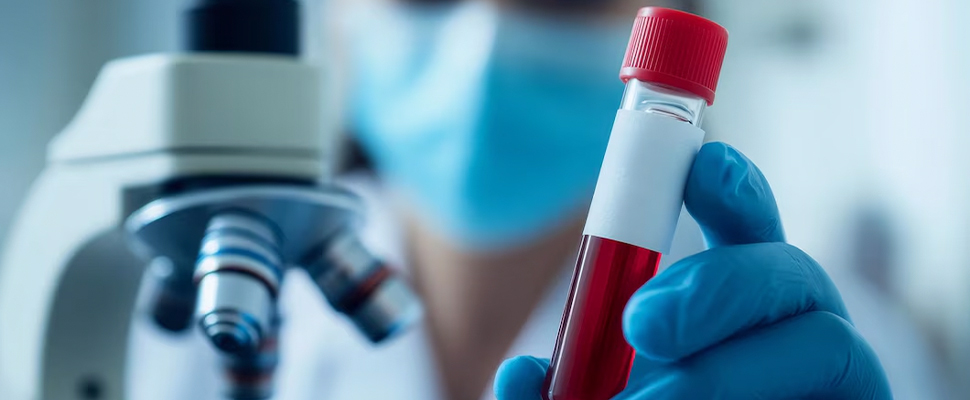The “Golden Blood Type,” scientifically known as Rh-null, is one of the rarest blood types in the world. Discovered in 1961 in an Australian Aboriginal woman, this blood type is so unique that fewer than 50 individuals are known to have it. What makes this type stand out is its complete lack of Rh antigens typically found on the surface of red blood cells.
The Rh-null blood type is a universal donor for all Rh-negative blood types, meaning that in an emergency, it can be used for individuals lacking these Rh antigens. However, the rarity of this blood type presents significant challenges. With only around 9 active donors worldwide, finding a match for someone with Rh-null blood in a medical emergency is extraordinarily difficult. As a result, those with this blood type often rely on pre-storing their own blood for potential future use.
One of the most fascinating aspects of Rh-null blood is how it occurs. It is typically the result of a rare genetic mutation in the RHAG gene, which plays a crucial role in the formation of the Rh complex in red blood cells. This mutation can be inherited, which means it can be passed down from generation to generation. In some cases, consanguineous marriages (between closely related individuals) have increased the likelihood of this rare blood type emerging.
Are you interested in more scientific articles? Check our HUB Science Spotlight!
Content Curator: Tamara Milosavljevic – HUB Intern


